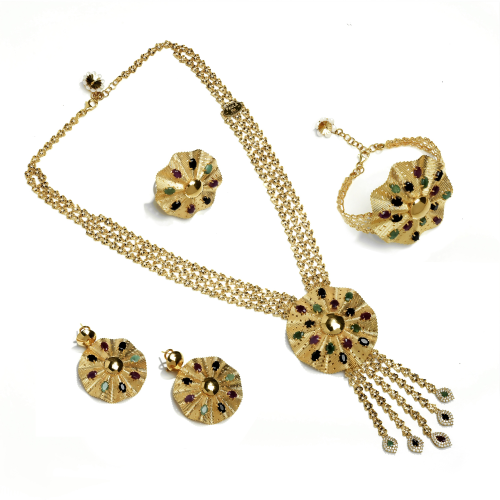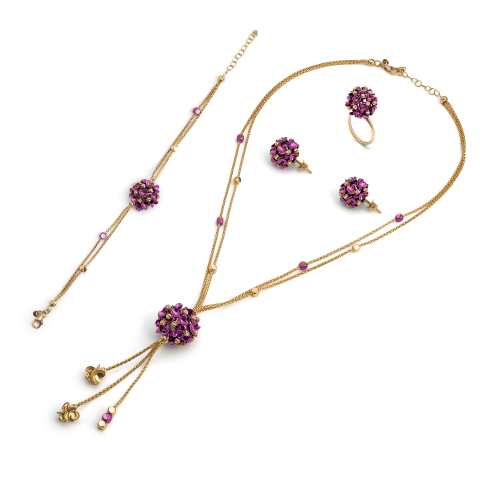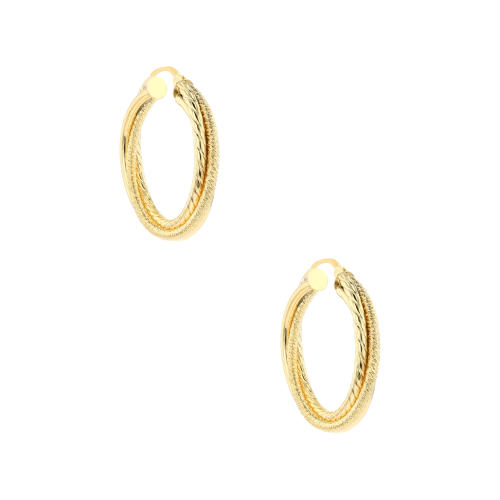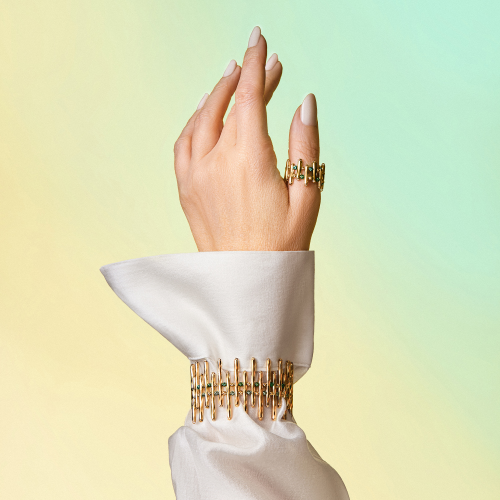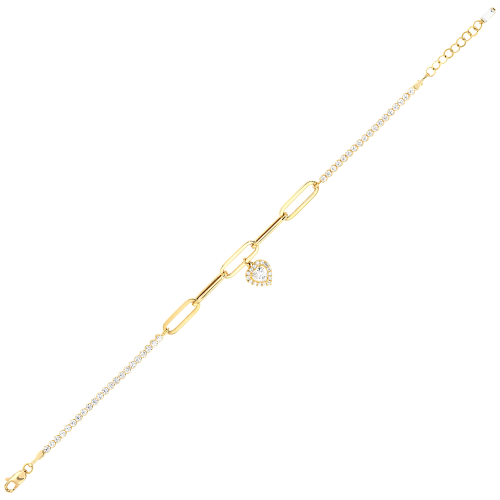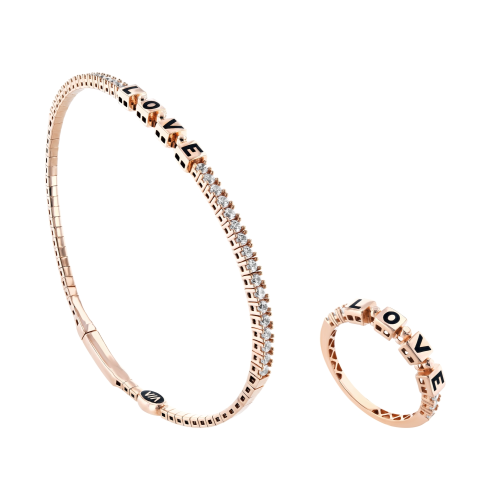What Do You Mean by Gold-filled Jewellery and How Is It Made?
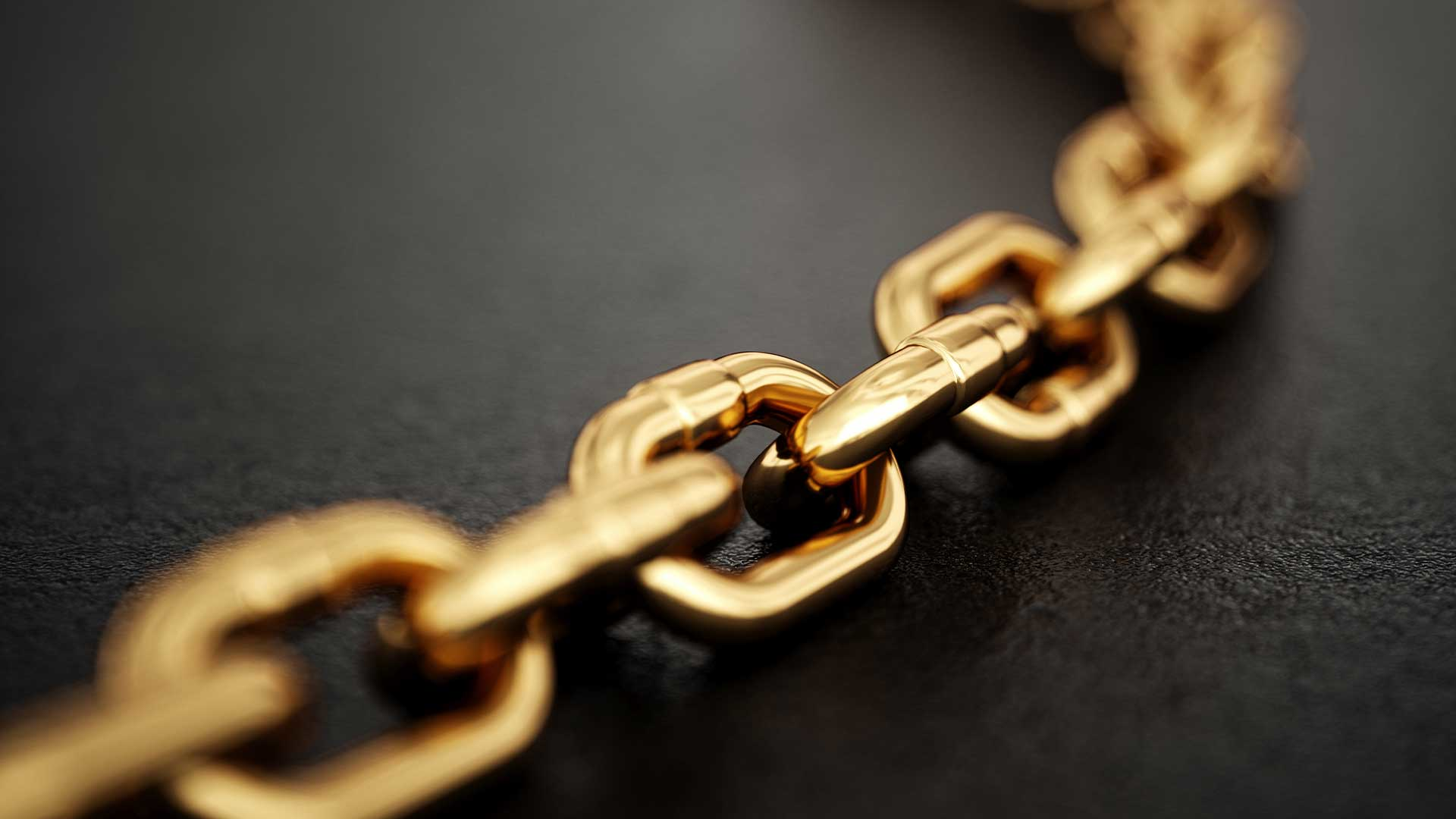
A lot of gold-coloured jewellery is gold-filled. Gold-filled jewellery, like gold-plated jewellery, isn't comprised of gold, and it's also less expensive than solid gold jewellery. Gold-filled pieces of jewellery are becoming increasingly popular among the masses due to them being less expensive. Many women like to wear jewellery pieces like a gold set, gold necklaces, gold earrings, gold rings, and gold bracelets while going out.
The term "gold-filled" does not refer to an alloy. It's a multi-layered material with two or three layers. The base metal is jewelers’ brass; however, sterling silver was occasionally used in the past. On one side, all of the gold in single clad gold-filled is enclosed in a single layer. On both sides of the double-clad material, the gold content is divided into surface layers. The gold alloy is attached to one or both surfaces of the brass core using heat and pressure. Heat and pressure are used to attach the gold alloy to one or both surfaces of the brass core. The bonded raw material is sold to jewellery manufacturers as a sheet or wire for use in designs.
To elucidate it further, gold filled jewellery comprises 2-3 layers of solid gold and a base metal such as brass, silver, or another metal. The karat of these solid gold layers can vary (10K gold bracelet, 14K gold rings, 18K gold necklace, and 24K gold set). When in comparison to gold plated jewellery, gold-filled jewellery is usually a more fantastic choice. It won't tarnish, and it'll last considerably longer than gold-plated jewellery. A gold-filled set is not the same as a solid gold set.
If a gold-filled necklace is 10 karats, it merely signifies that the object has a 41.7 per cent gold exterior layer and another metal or alloy behind it.
Another critical feature of gold-filled jewellery is the thickness of the gold layer. The longer it takes for a layer to wear down, the thicker it is. Gold-filled jewellery is usually covered in a thin gold sheet measuring between 0.03 and 0.1 mm in thickness.
The initials GF, as well as the item's karat number and gold weight, are commonly stamped on gold-filled jewellery. For example, if you see a stamp on a ring that says "1/20 18K GF," it signifies the piece is gold-filled, with an 18-karat outer coating, and the gold content accounts for 1/20 of the total weight.
The karat and thickness of the gold coating on a gold-filled item determine its durability (lower karats tend to be more durable as they contain less gold, which is soft). Some products have a 30-year lifespan. Though, depending on how often you wear the piece, most gold-filled jewellery lasts between 3 and 8 years until the gold coating begins to wear through.
Due to the various finishing procedures employed by manufacturers, the gold-filled color will vary. The majority of the gold-filled jewellery is close to the industry standard, although some will be more yellow, tawny, or deeper in color. Because more manufacturers are now working with the material and consumer preferences are shifting, variation has increased.
The disadvantage is that gold-filled jewellery does not have the same value as solid gold jewellery when resold.
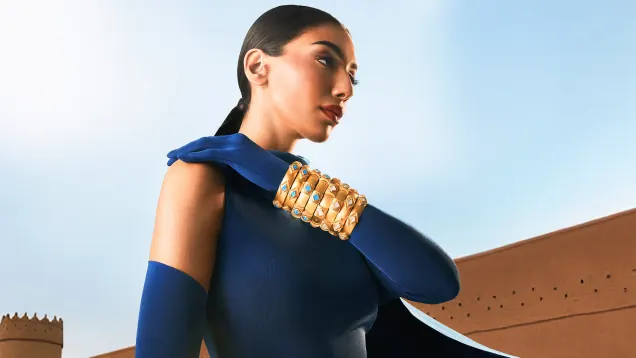
Our Promise
Fast shipping
Receive your jewelry in maximum 3 days.
Return guaranteed
Requesting a return is quick and easy.
Ethical Sourcing
Ethically Sourced Materials
Payments
Buy in the most convenient way for you.
